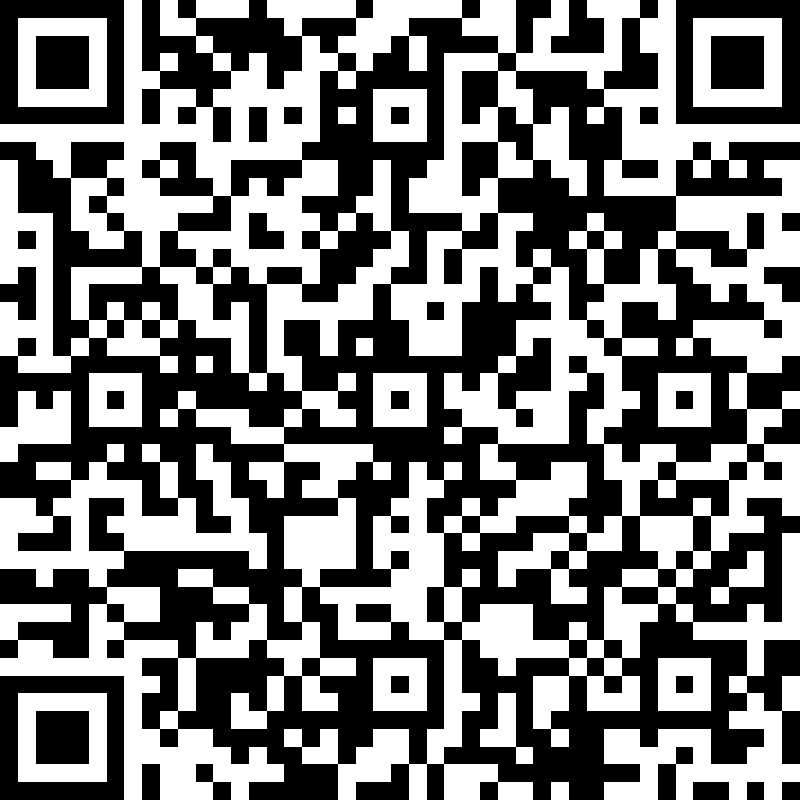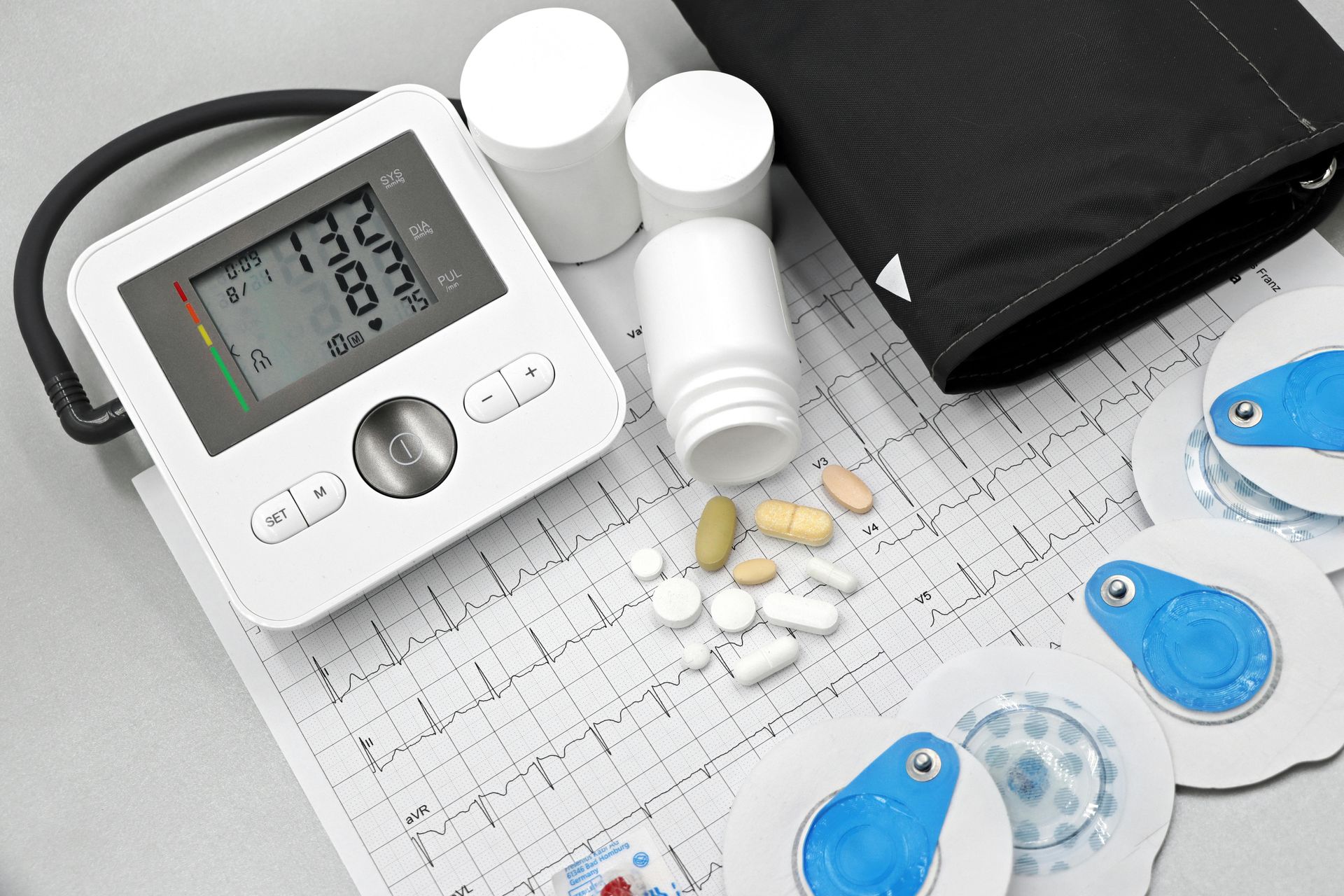Mohamad-Ali Salloum is a Pharmacist and science writer. He loves simplifying science to the general public and healthcare students through words and illustrations. When he's not working, you can usually find him in the gym, reading a book, or learning a new skill.
Mastering Presentations: Techniques, Confidence, and Overcoming Anxiety
Share
Presentations can be nerve-wracking, but with the right techniques and a dash of confidence, you can deliver a compelling talk that captivates your audience. Whether you’re presenting at work, school, or any other setting, let’s explore practical strategies to enhance your presentation skills and conquer public speaking anxiety.
1. Know Your Audience
Before diving into content creation, understand who you’re addressing. Imagine you’re baking cookies: you wouldn’t use the same recipe for kids and adults. Similarly, tailor your presentation to resonate with your audience. Consider their interests, knowledge level, and expectations.
2. The Power of Storytelling
Think of your presentation as a gripping story. Stories engage our brains and make information memorable. Start with an intriguing hook, introduce characters (your key points), build suspense (reveal insights), and conclude with a satisfying resolution (takeaways). Analogies and anecdotes are your storytelling ingredients.
Example:
Imagine explaining a complex software update. Instead of diving into technical jargon, compare it to upgrading your phone’s operating system. Just like your phone runs smoother after an update, the software enhancements benefit our workflow.
3. Visual Aids: Less is More
Slides should complement, not overshadow, your message. Avoid cramming slides with text. Use visuals (images, charts, and diagrams) to reinforce key points. Remember, a picture is worth a thousand words. Keep text minimal, and let your spoken words shine.
4. Body Language and Eye Contact
Your body speaks louder than words. Maintain an open posture, avoid crossing your arms, and move naturally. Eye contact builds trust and connection. Imagine you’re having a conversation with each audience member. It’s like sharing a secret recipe—you want them engaged!
5. Practice, Practice, and Practice...
Rehearse your presentation multiple times. Record yourself or practice in front of a mirror. Familiarity reduces anxiety. Like a musician mastering a song, know your content inside out. Practice pacing, pauses, and transitions.
6. Dealing with Nervous Habits
We all have quirks when nervous—fidgeting, pacing, or saying “um” repeatedly. Identify your habits and work on minimizing them. Replace “ums” with brief pauses. Imagine you’re a news anchor—calm, composed, and in control.
7. Breathing Techniques
Anxiety often affects our breath. Practice deep, diaphragmatic breathing. Inhale slowly, hold for a few seconds, and exhale. Oxygen fuels your brain, keeping you sharp and focused. It’s like fueling up your car before a long road trip.
8. The Science Behind Confidence
Understand that anxiety stems from fear of public humiliation. Shift the spotlight from yourself to your message. Reject the inner critic trying to sabotage your confidence. Remember, your audience wants value, not perfection.
Now the question is: How to boost your confidence:
Remember, confidence isn’t about being flawless; it’s about believing in your ability to handle challenges.🌟
1.The Confidence-Competence Loop:
Imagine a loop where confidence and competence feed off each other. When you feel competent (knowledgeable, prepared), your confidence grows. Conversely, confidence fuels competence. Here’s how it works:
- Competence: Acquire knowledge, practice, and refine your skills. Understand your material thoroughly.
- Confidence: As you become more competent, your confidence increases. You believe you can handle the task.
- Positive Feedback Loop: The more confident you feel, the better you perform, reinforcing your competence.
2. Preparation and Mastery:
- Prepare extensively. Research, rehearse, and know your content inside out. Mastery breeds confidence.
- Think of a chef who practices a recipe repeatedly until they can cook it blindfolded. Similarly, rehearse your presentation until it becomes second nature.
3. The Spotlight Effect:
- Understand that people focus less on you than you think. The “spotlight effect” makes us believe everyone scrutinizes our every move. In reality, they’re busy with their own thoughts.
- Imagine you’re on stage, but the spotlight is on your message, not you. Your audience wants value, not perfection.
4. Self-Talk and Cognitive Reframing:
- Our inner dialogue shapes confidence. Replace negative thoughts with positive ones:
- Negative: “I’ll mess up.”
- Positive: “I’ve prepared well; I can handle this.”
- It’s like adjusting the lens on a camera—focus on the bright side.
5. Power Poses and Physiology:
- Amy Cuddy’s research shows that adopting “power poses” (open, expansive postures) for a few minutes boosts confidence.
- Stand tall, shoulders back, and take up space. Your body influences your mind.
6. Visualize Success:
- Athletes visualize winning races. Apply this to presentations:
- Close your eyes and see yourself confidently delivering your talk.
- Imagine applause and positive reactions.
- Visualization primes your brain for success.
7. The “Two-Second Rule”:
- When anxiety strikes, pause for two seconds. Take a deep breath.
- Remind yourself: “I’ve got this.” It’s like hitting the reset button.
8. Accept Imperfection:
- Perfectionism fuels anxiety. Accept that no one’s flawless.
- Think of a painter creating a masterpiece. Each brushstroke contributes, imperfections and all.
9. Feedback as Fuel:
- View feedback as a gift, not criticism. Constructive feedback helps you grow.
- Imagine you’re a sculptor shaping clay. Each critique refines your work.
Conclusion
Mastering presentations involves a blend of art (storytelling) and science (body language, breathing techniques).
Embrace the challenge, practice, and soon you’ll be the star of your presentation!
References:
- Schwartzberg, J. (2020). 8 Ways to Deliver a Great Presentation (Even If You’re Super Anxious About It). Harvard Business Review1
- Visme. (n.d.). How to Give a Good Presentation: 11 Top Tips for Killer Presentations2
- The Speaker Lab. (n.d.). 14 Practical Tips to Improve Your Presentation Skills3
- Renderforest. (n.d.). 14 Dos and Don’ts for an Effective Presentation4
- Cuddy, A. J. C., Wilmuth, C. A., & Carney, D. R. (2012). The benefit of power posing before a high-stakes social evaluation. Harvard Business School Working Paper, 13-027.
List of Services
ABOUT THE AUTHOR
Mohamad-Ali Salloum, PharmD
Share
Recent articles:





















